PATTEN — Seven new campsites at the Katahdin Woods and Waters National Monument are certain to make Maine’s newest national park more accessible to many.
While the new Lunksoos Camp sites near the Penobscot River’s East Branch have the look, layout and feel of wilderness campsites, none of the sites are far from Route 11 or Interstate 95. The campsites are close to the parking area, so no hike-in is required. In addition, five of the single campsites – including one that is fully accessible for those with mobility challenges – and another two group sites all are situated close together, which may be a comfort to those new to camping in remote areas that grow pitch black at night and have spotty cell coverage at best.
Park rangers expect many will want to try the new sites. Katahdin Woods and Waters Superintendent Tim Hudson said the demand for camping in the 87,600-acre forested park already is there – with visitation at the park up 10 percent each of the past two years and up 25 percent so far in 2021.
Katahdin Woods and Waters was designated as a national monument in 2016 after the forestland in northern Penobscot County was donated by philanthropist Roxanne Quimby. But road signs for the monument only went up on I-95 and Route 11 in November 2019. When that happened, Hudson started getting more calls inquiring about camping in the wilderness park, whose visitors are dwarfed by those to go to Acadia National Park each year.
The campsites are free and offered on a first-come, first-served basis. Hudson said a reservation system is in the works, because of demand and the fact that Millinocket and the closest commercial campground are about an hour away.
“Recently, one group called asking about the sites, but they were afraid to take the chance without knowing if anyone was here, so they stayed outside the park,” Hudson said.

A view of Katahdin along the Katahdin Loop Road in Katahdin Woods and Waters National Monument. Shawn Patrick Ouellette/Staff Photographer
The seven new tent sites, which were added in July at a cost of roughly $165,000, now bring the total number of campsites in the monument to 12. The new set of sites were donated by the Friends of Katahdin Woods and Waters with help from grants from L.L. Bean, the Roxanne Quimby Foundation and the National Park Foundation.
The five single sites each have a crushed-stone tent pad as well as a picnic table, large fire ring and a bear-proof container to store food. Nearby is a privy vault.
The first single site, which is handicapped accessible, is about 200 yards from the river – and directly next to the parking area. Back up the hillside are another four single sites surrounded by woods. They are about 10 to 20 yards apart and not far from the parking spaces.
Two group sites a short distance down the dirt road each have three tent platforms, as well as picnic tables and bear-proof containers. These sites are on the river side of the road – though not next to the river – and were built for larger canoe groups, although they require a short walk from the boat launch.
Typical of wilderness sites, there are no trash bins, water spigots or showers. Firewood is not sold in the park, and rangers are not stationed at the campground. Also in keeping with wilderness camping practices, visitors are expected to pack out their trash.
However, given their closeness, Hudson said the seven tent sites are not true wilderness sites that require campers to canoe or hike far to reach them.
The two clusters of seven tent sites get their name from the nearby Lunksoos Camps – the famous site just up the hill where a young Donn Fendler was found by loggers after being lost for two weeks, as told in his book “Lost on a Mountain in Maine.”

Lunksoos campsites at Katahdin Woods and Waters National Monument include a picnic table and a bear locker to store your food. Shawn Patrick Ouellette/Staff Photographer
Three men who visited a week ago during an annual wilderness camping trip expected the new sites to be near the river or within sight of the river. They drove past the sites early in the day on Aug. 18 and instead chose an old site directly beside the river that the park service soon will phase out because it becomes damp during the spring runoff.
Gregg Hesslein of Brownfield said the new campsites lacked the “wow” experience he, his brother and their friend found at other wilderness camping spots in Maine.
“We do this every year. A friend just reserves us a site in Baxter (State Park) and we join him. We came here after that because we were curious about it,” said Hesslein, a retired Maine Forest Service ranger.
It’s a 6-mile drive over logging roads from paved Route 11 to the new Lunksoos wilderness sites. From there, the 17-mile Katahdin Loop Road that is the defining attraction in the monument is about 10 miles away on dirt roads.
Filled with several stops and points of interest, the loop road shows off the relatively undisturbed, wild nature of the land here. For visitors just looking to take in views and none of the hikes, the loop road takes four hours to complete. Add a hike or two up a small mountain or to a waterfall, and it’s a full day’s journey. One of the first stops has a view of Katahdin far off in the distance.
To Neil Beaton, who lives near Houlton, the monument is the perfect testing ground for a cross-country trip on which he plans to tent on federal land that is open to the public. Beaton can’t wait to boondock out West, a practice where campers stay on public land with no restrooms, showers, water spigots or amenities of any kind.
He stayed at the Lunksoos wilderness sites earlier in the year, but wanted to find something even more wild, remote and private. And in the national monument – that’s possible.
A week ago, Beaton parked his truck and set up his cabin tent on an abandoned logging road overgrown with high grass – in the boondock tradition. Beaton smiled as he looked around at a woodland that to him offered endless possibilities for exploring nature.
“You hear a lot of people say it’s beautiful, but you don’t know what they’re talking about until you experience it for yourself. But you can’t rush here,” Beaton said. “The way to do it is to take one day to get here, the second day to rest, then the third day – you go out and do it. You see the park.”
Send questions/comments to the editors.


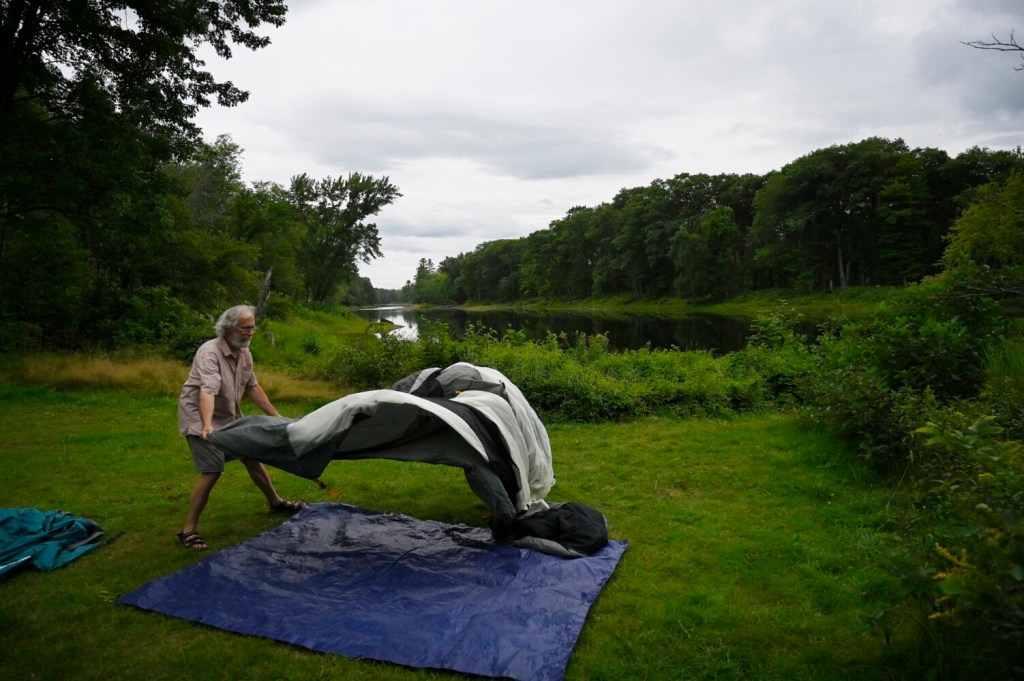
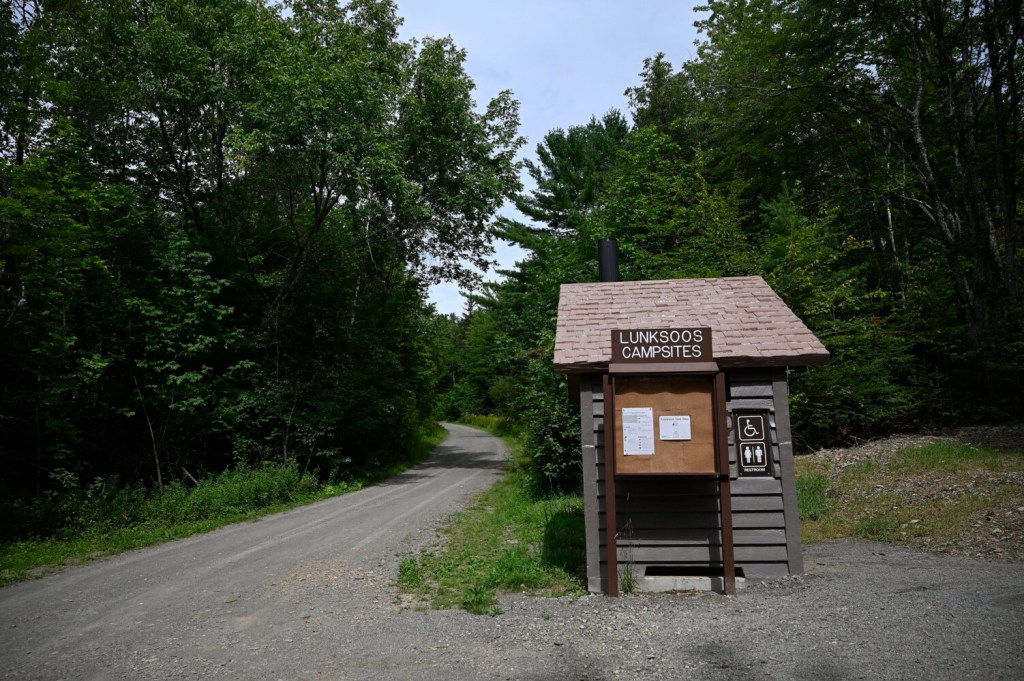
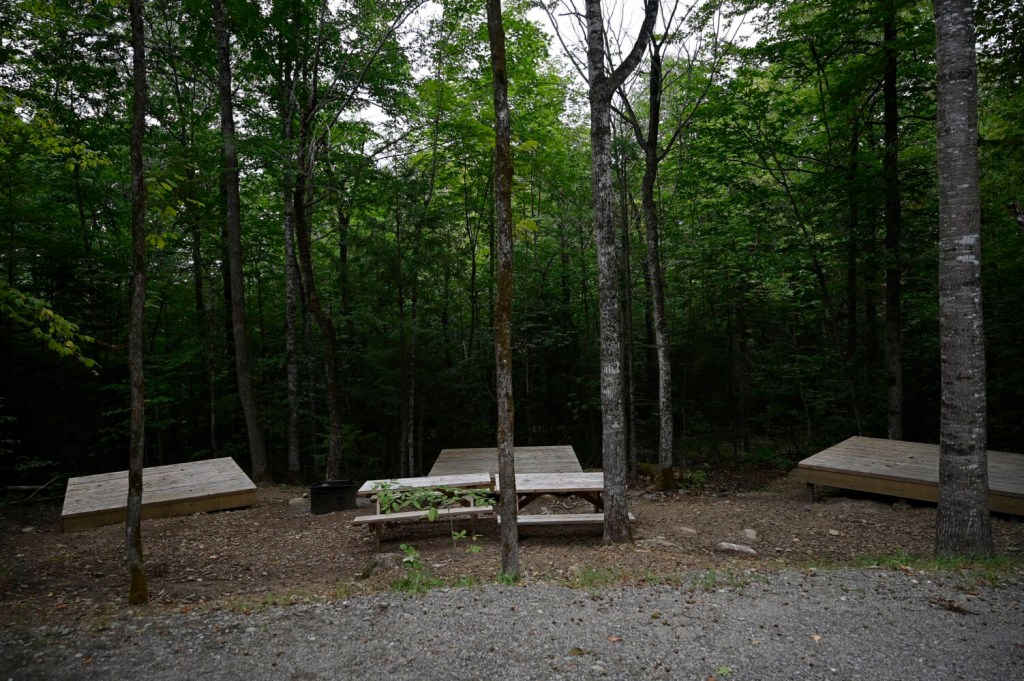
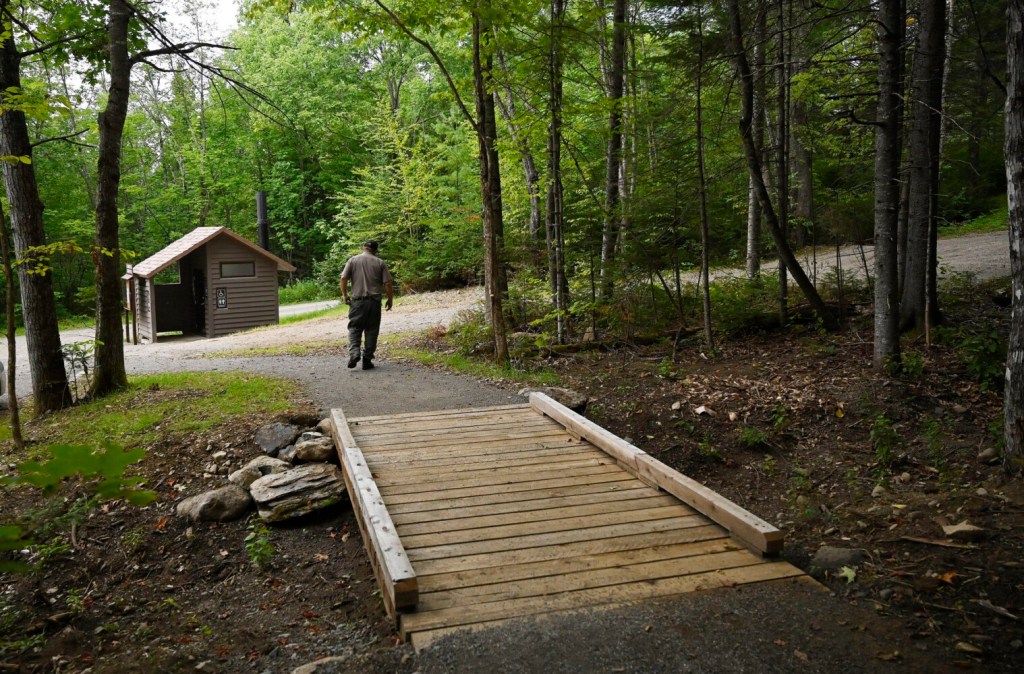
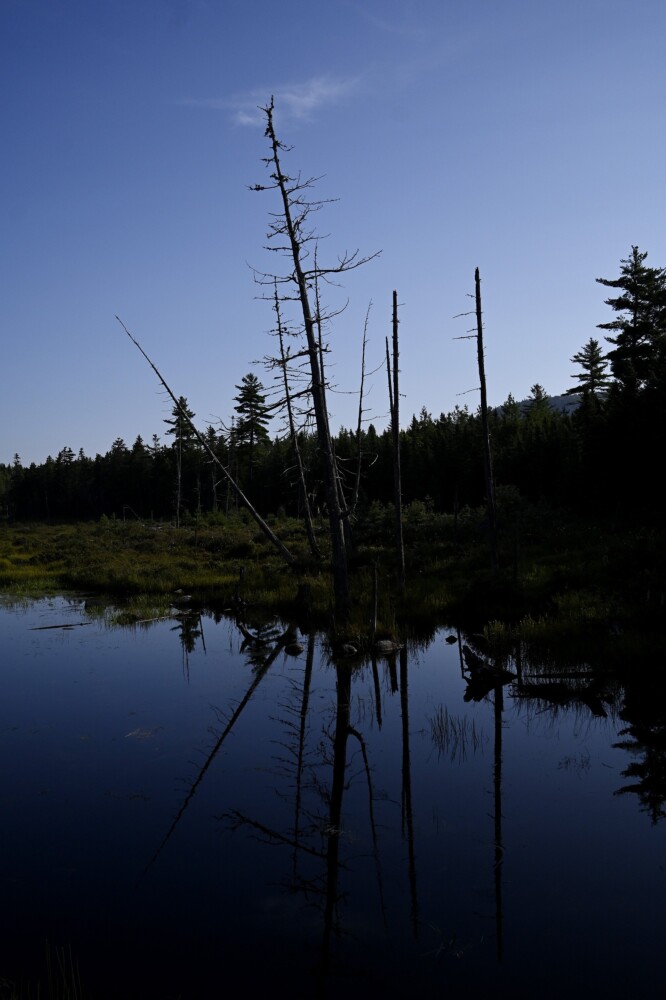
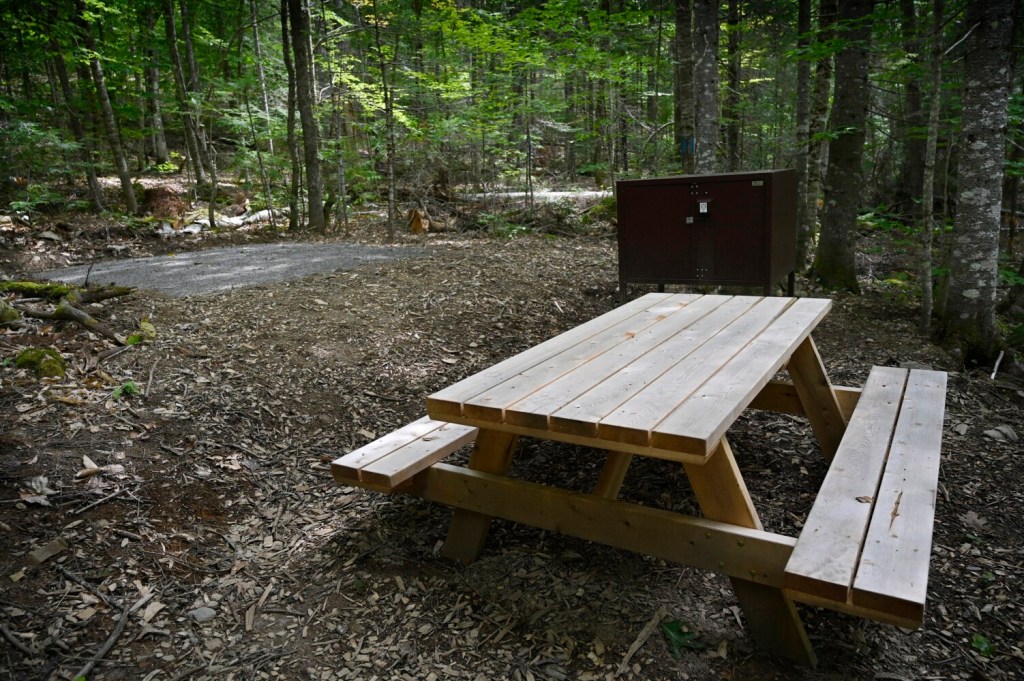
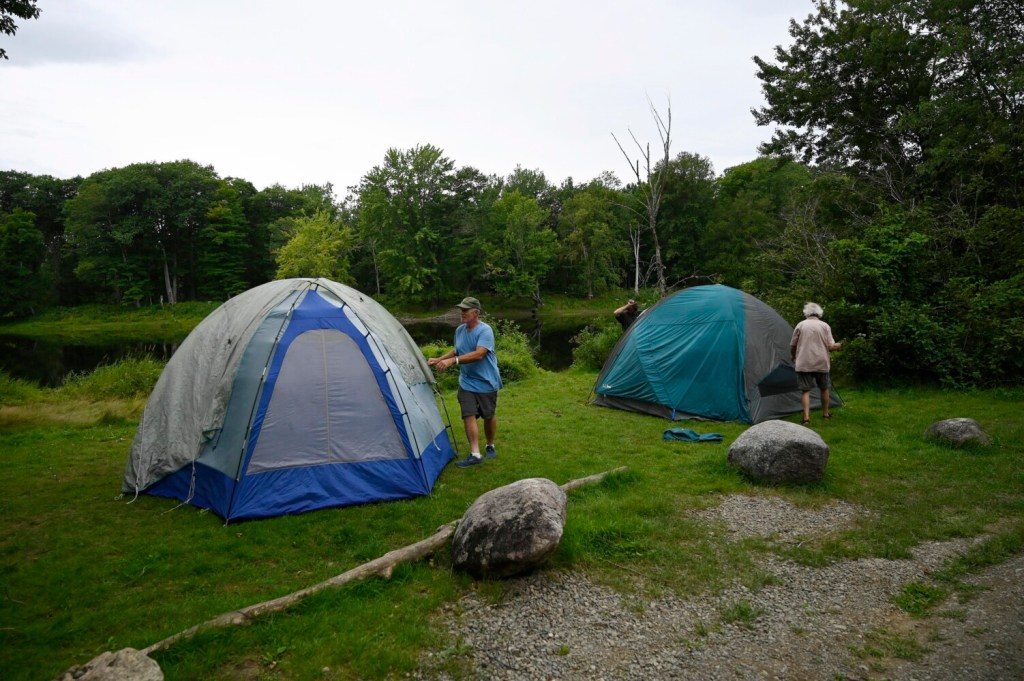
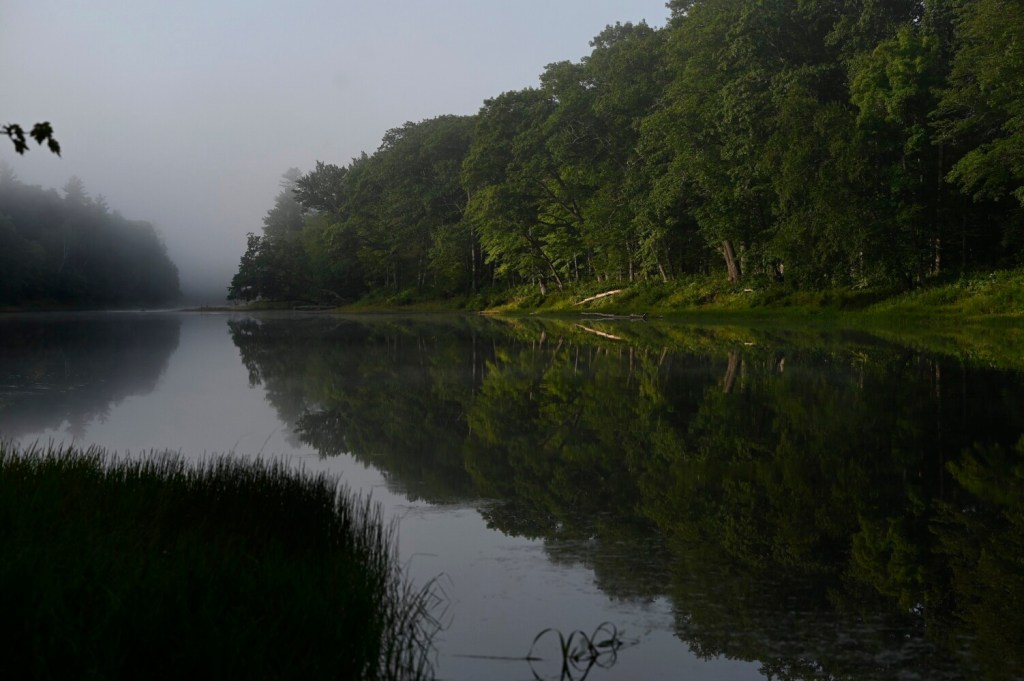
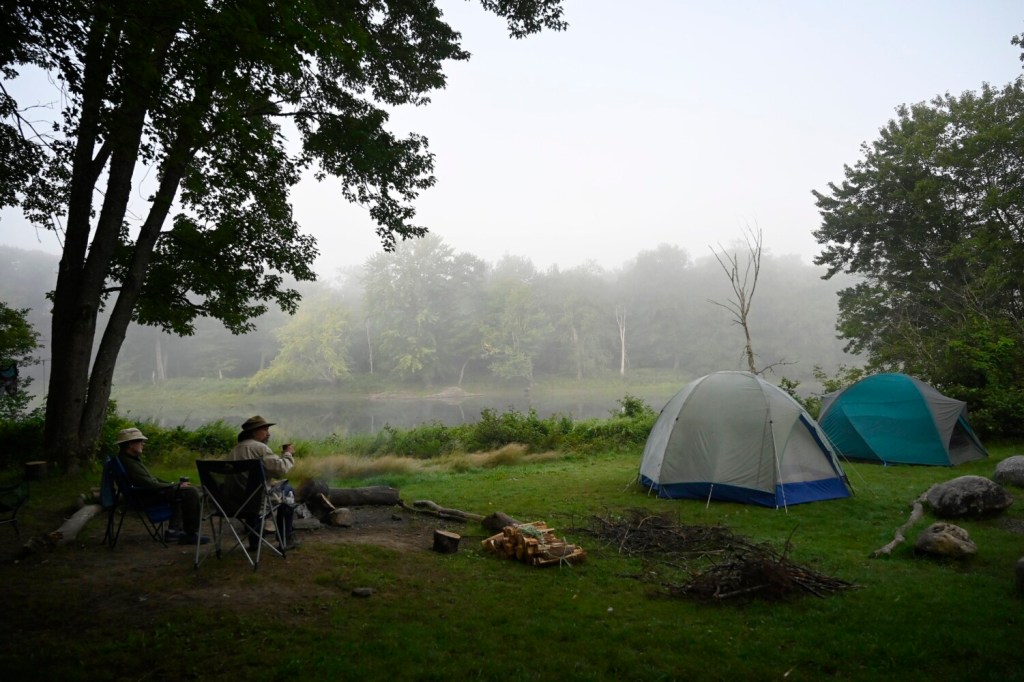
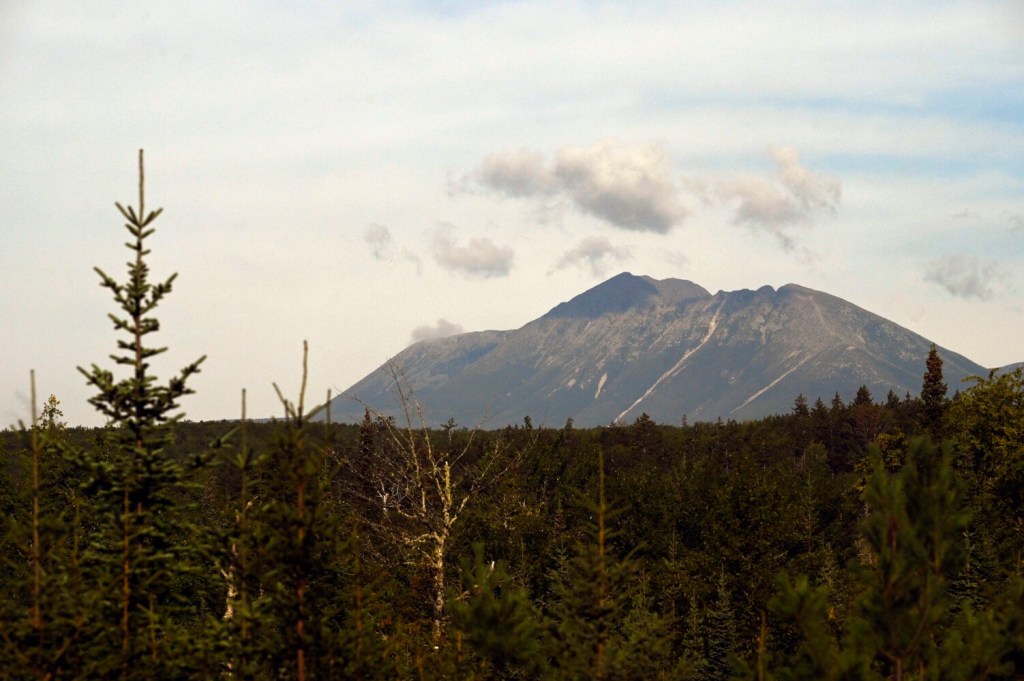
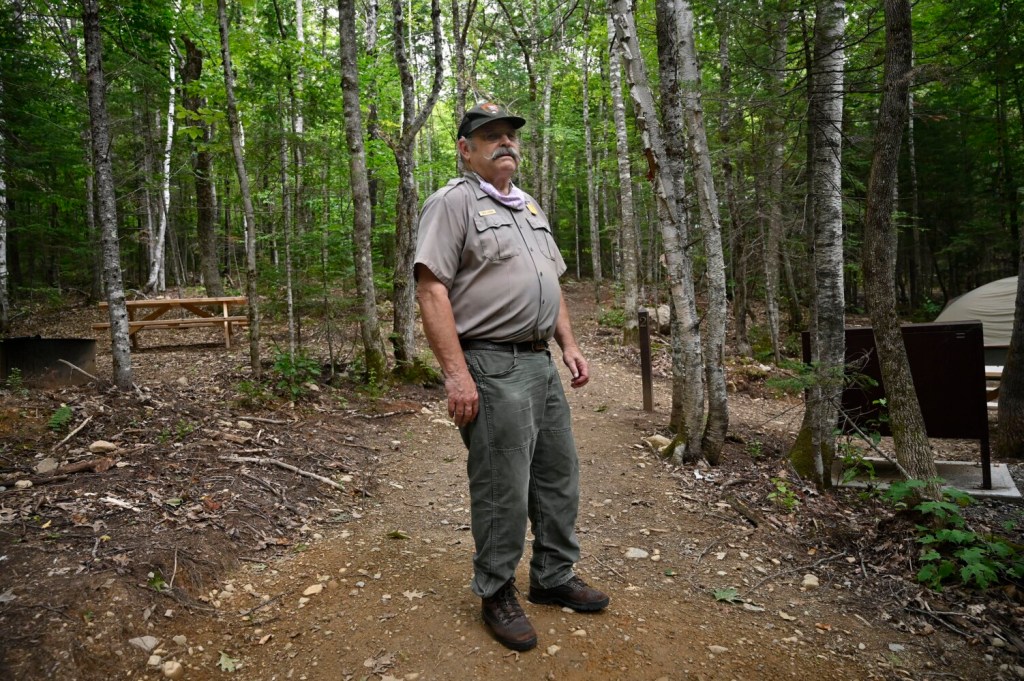

Success. Please wait for the page to reload. If the page does not reload within 5 seconds, please refresh the page.
Enter your email and password to access comments.
Hi, to comment on stories you must . This profile is in addition to your subscription and website login.
Already have a commenting profile? .
Invalid username/password.
Please check your email to confirm and complete your registration.
Only subscribers are eligible to post comments. Please subscribe or login first for digital access. Here’s why.
Use the form below to reset your password. When you've submitted your account email, we will send an email with a reset code.